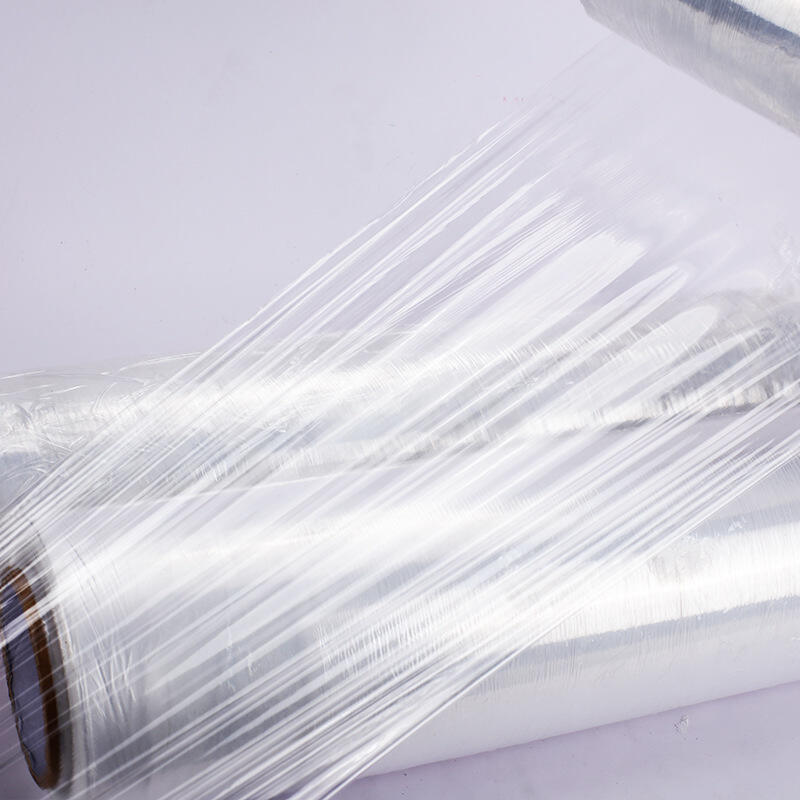The Packaging industry is one of the largest application areas for Stretch Packing and it is an essential part in fastening load in Transportation and storage. The first major factor that will affect the quality of Stretch film is thickness. In this post, we show how thickness is a part and parcel of various packaging applications and what zenith film thickness for requirements is literally the end of the world.
Introduction
Stretch film is primarily used for holding together all the PRODUCTS on a pallet; in other words, it makes this pallet a stable unit load. One of the most important properties is the film thickness, which is mainly related to load-bearing capabilities, elasticity and costs. Knowledge of these links is essential for a company to optimize its packaging operation and shield its shipment from damages or contamination.
What Do Measurements In Mil Mean For Stretch Film?
For instance, gauge is a measure of stretch film thickness, and the lower the gauge, the thicker the film. Their thickness options range from light-weight things to heavy packs, so depending on what you want to pack you can use the ease. Denser, thicker films are stronger against puncture forces and tensile forces.
Thickness-Dependent Load Retention Ability
Film thickness has a direct influence on load security Thick films provide higher puncture resistance and higher tensile strength, which is important to withstand rupture and keep the load fixed. When a higher load or a larger protection is required, a thicker film is selected. Providing as reliable as offered by thicker films for strategically small loads, but a more sustainable and a cost-effective alternative.
Reasoning and Retention
They also have necessary characteristic of stretch that allows the film to maintain tension on the load by conforming to load shape. Thicker films, meanwhile, provide elasticity and memory retention, uniformly distributing tension across load. This is true, especially loads are at risk of sliding when transported. Most thinner films are still sufficiently elastic for several applications while the continued development of material technology is allowing the use of thinner films with better elasticity to broaden the application possibilities further.
Clarity and Visibility
Another thing which is indirectly related to thickness is the clarity of stretch film. Thinner films tend to offer better clarity, which can be an advantage for retail packaging that want to show off the product. Transparent stretch film allows the whole world to see the different types of products packed inside and customers are accustomed to have an idea regarding how the packed-goods will look like. Thicker films (less transparent but still high clarity for most use-cases)
Cost Implications
Stretch film is measured in microns and thickness is indeed relevant to stretch film price. Thicker films (using more material) cost more. However they are a nimbler and superior value (especially in terms of load) option. The production of thinner films is environmentally friendly and cost-effective since they consume less material. Costs are associated with fulfilling this re-fragmentation; however, a package must balance the requirements for specific performance for your building type (commercial versus residential).
Environmental Considerations
With usage of stretch film, one of the things that are of growing importance is the effect on the environment. Thinner films require less material, which can translate into lower energy inputs in production and lower greenhouse gas emissions. Lastly, no matter how thick the film is, adding recycled content into stretch film can also make the film environmentally more friendly. However the sustainability aspect of thicker films is that they tend to last longer or at the very least, don need to be replaced as often.
Methods and Tools to Apply
Stretch film comes in varying thicknesses that have either high or low usage, depending on the application method and the equipment employed. With thicker films you will need to adjust the level of release & tension with your wrapping equipment accordingly on wrap films. Automated and mechanical packaging systems may need to be calibrated to achieve the optimum usage of film widths.
Standards and Specifications (for Industry)
This info dictates not only how thick a stretch film needs to be for a particular application; it is often the same info that industry standards and specs are based upon. For any given application, some thicknesses will have already been established and shown by tests to be the best compromise between performance and cost. For specialized fields, or if your product has a unique packaging challenge, custom thicknesses can be required.
Conclusion
Tensile strength of stretch film, is an important parameter to describe stretch film packaging performance. Thicker films are more expensive, but they have more load stability, and elasticity, while thinner films can save specific costs, and they also provide sustainability benefits. The determination of which film gauge is best for your application really depends on the specifics of the load (weight, fragility, and visibility requirements to be packaged), the economics, and the sustainability of the packaged load. This provides businesses with time of assessment on the above-mentioned factors and make sure that they keep the packaging in check and at the same time, maintain the safety and integrity of the parcels while remaining eco-friendly.


